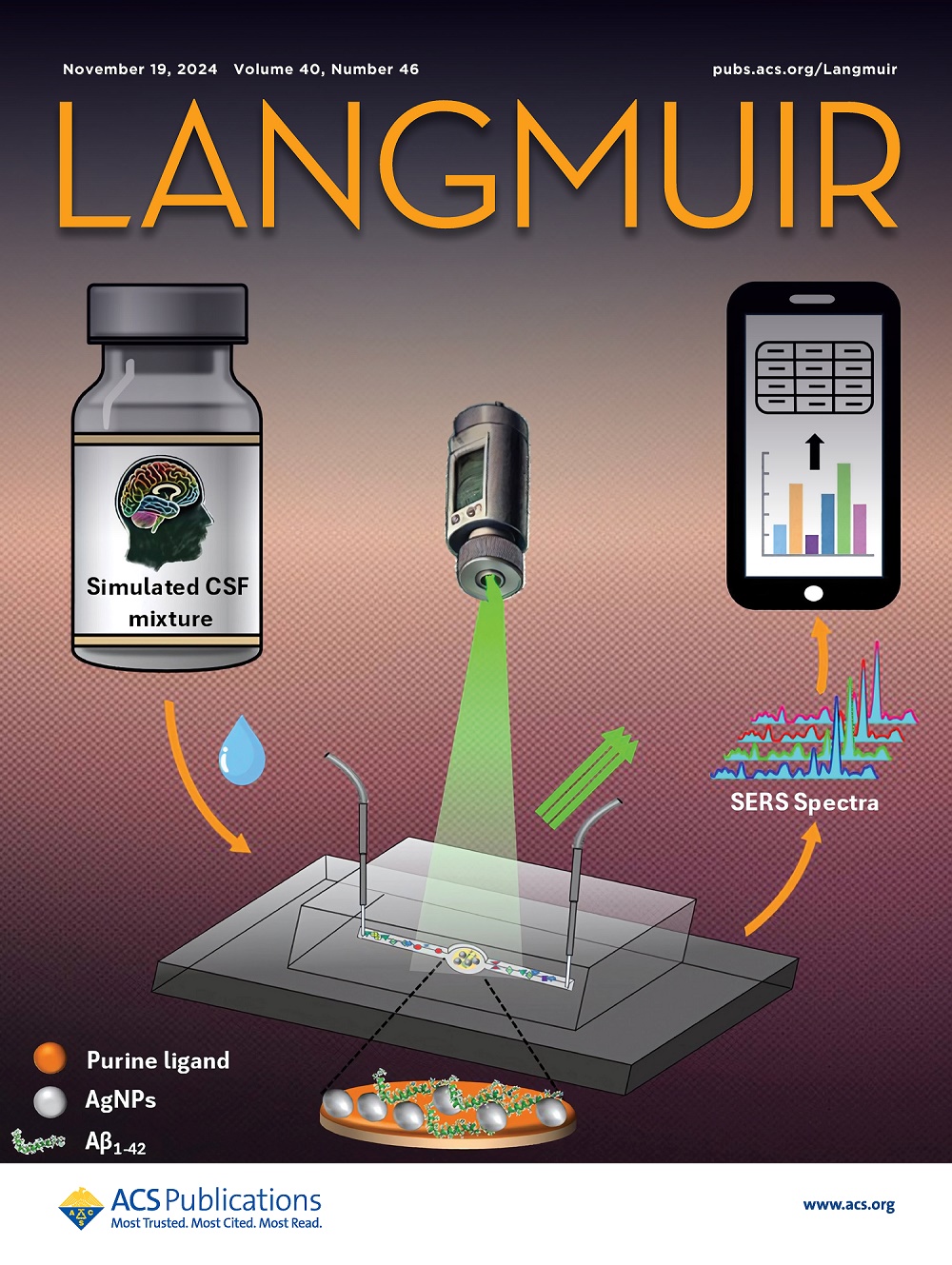Hydrophilic–Lipophilic Balance (HLB) Correlation Method for the Selection of Ionic Liquid Surfactant Modifiers of the Viscosity and Emulsion Stability of Heavy Oils
IF 3.7
2区 化学
Q2 CHEMISTRY, MULTIDISCIPLINARY
引用次数: 0
Abstract
The compatibility of heavy crude oils with ionic liquids (ILs) acting as surfactants was investigated through the hydrophilic–lipophilic balance (HLB) analysis, using independent methods for determining HLB's range of each species, including the partition function (KHL), SARA analysis, and the Hildebrand′s solubility parameter (δ) that were used for hydrocarbons, while the main parameters for ILs comprised the solubility parameter (δ) determined by the Davies and Lin's method, which was validated through experimental calorimetric differential scanning calorimetry (DSC) measurements. Additionally, a correlation was sought between HLB values of petroleum-heavy oils and their physical properties such as viscosity (μ) and interfacial tension (σ), from which the emulsion trends and rheological correlations were explored in a series of high-viscosity heavy crude oils whose API gravity values ranged from 9 to 13°. Their affinity with ILs was explored by the convergence of those parameters, that is, HLB, δ (Hildebrand), and IFT into a spherical locus, which gives the leading pairs of heavy oils and ILs that match together into the spherical space that defines affinity which effects interfacial tension and viscosity reduction of the heavy oils. Essentially, this method gives a systematic approach for selecting the optimal affinity between pairs of heavy oils and the chemical leads (ILs) that improve the mobility of the heavy oils and their wettability patterns. Conversely, the dispersion of points outside the Interaction Sphere defined by the HLB/δ (Hildebrand)/IFT spherical locus leads to partial emulsions and lower effects on the rheological properties of the heavy oils.

求助全文
约1分钟内获得全文
求助全文
来源期刊

Langmuir
化学-材料科学:综合
CiteScore
6.50
自引率
10.30%
发文量
1464
审稿时长
2.1 months
期刊介绍:
Langmuir is an interdisciplinary journal publishing articles in the following subject categories:
Colloids: surfactants and self-assembly, dispersions, emulsions, foams
Interfaces: adsorption, reactions, films, forces
Biological Interfaces: biocolloids, biomolecular and biomimetic materials
Materials: nano- and mesostructured materials, polymers, gels, liquid crystals
Electrochemistry: interfacial charge transfer, charge transport, electrocatalysis, electrokinetic phenomena, bioelectrochemistry
Devices and Applications: sensors, fluidics, patterning, catalysis, photonic crystals
However, when high-impact, original work is submitted that does not fit within the above categories, decisions to accept or decline such papers will be based on one criteria: What Would Irving Do?
Langmuir ranks #2 in citations out of 136 journals in the category of Physical Chemistry with 113,157 total citations. The journal received an Impact Factor of 4.384*.
This journal is also indexed in the categories of Materials Science (ranked #1) and Multidisciplinary Chemistry (ranked #5).
 求助内容:
求助内容: 应助结果提醒方式:
应助结果提醒方式:


